- Home
- >
- Preservation Archaeology Blog
- >
- I’itoi’s Swords: Imagining and Creating a Weap...
(February 5, 2024)—In May 2023, Tohono O’odham museum curator April Ignacio contacted me to see if I would be interested in creating some obsidian swords for an exhibition they were planning. “They Don’t Love You: Indigenous Perspectives on Sovereignty Cause and Effect: That’s What You Get,” would open at the Tohono O’odham Nation’s Himdag Ki Cultural Center and Museum in Topawa and later travel to the Arizona State Museum in Tucson.
April’s portion of the exhibition tells several stories of the O’odham. The one she wanted my help with is about Elder Brother I’itoi and how the people of Quito Vak gave him obsidian that he used to slay a monster attacking the village. April wanted two very large, dramatic, obsidian-bladed swords. We worked together to design them, basing them loosely on macuahuitl, wooden clubs with embedded obsidian blades. These close-combat weapons were used by different cultures in Mesoamerica. I’m calling them swords as a shorthand, but they are really a combination sword/club/saw-sword that was akin to a broadsword.
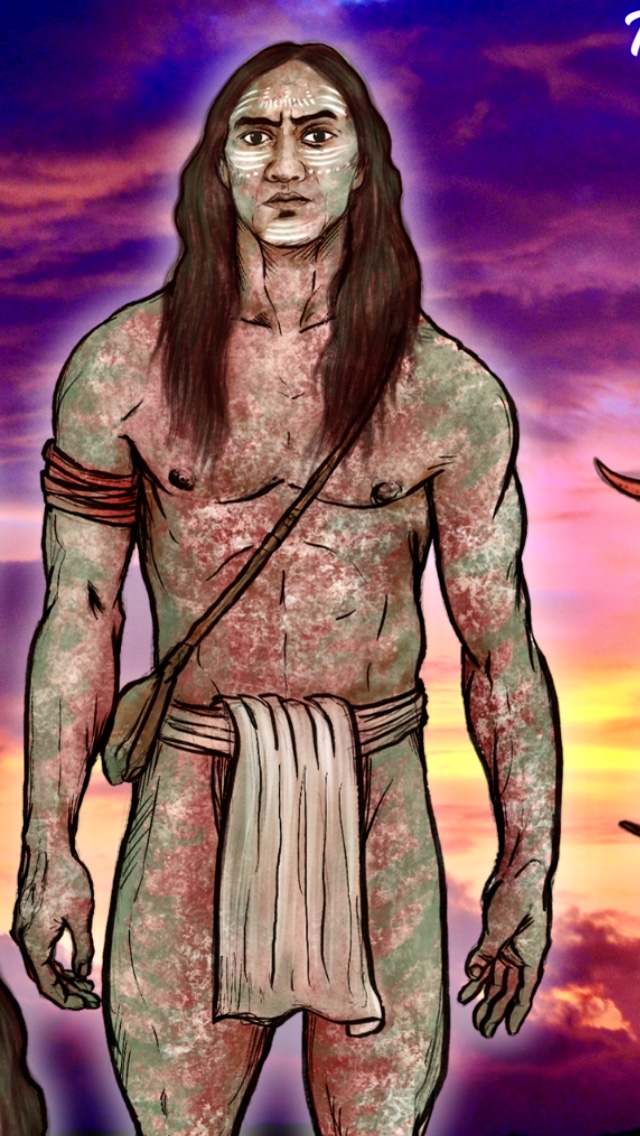
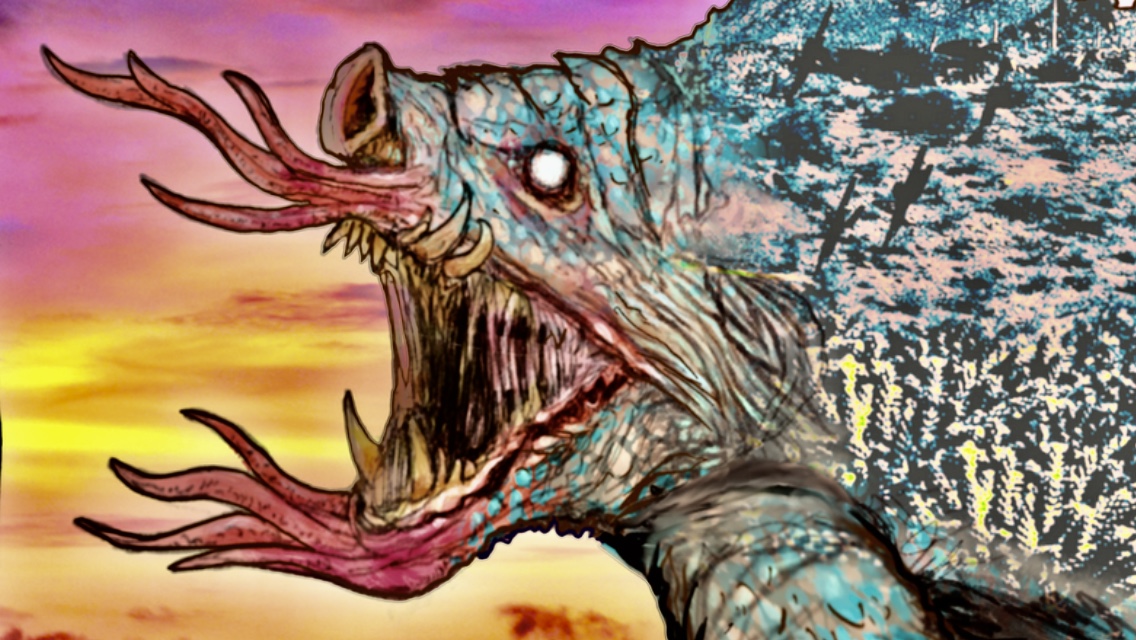

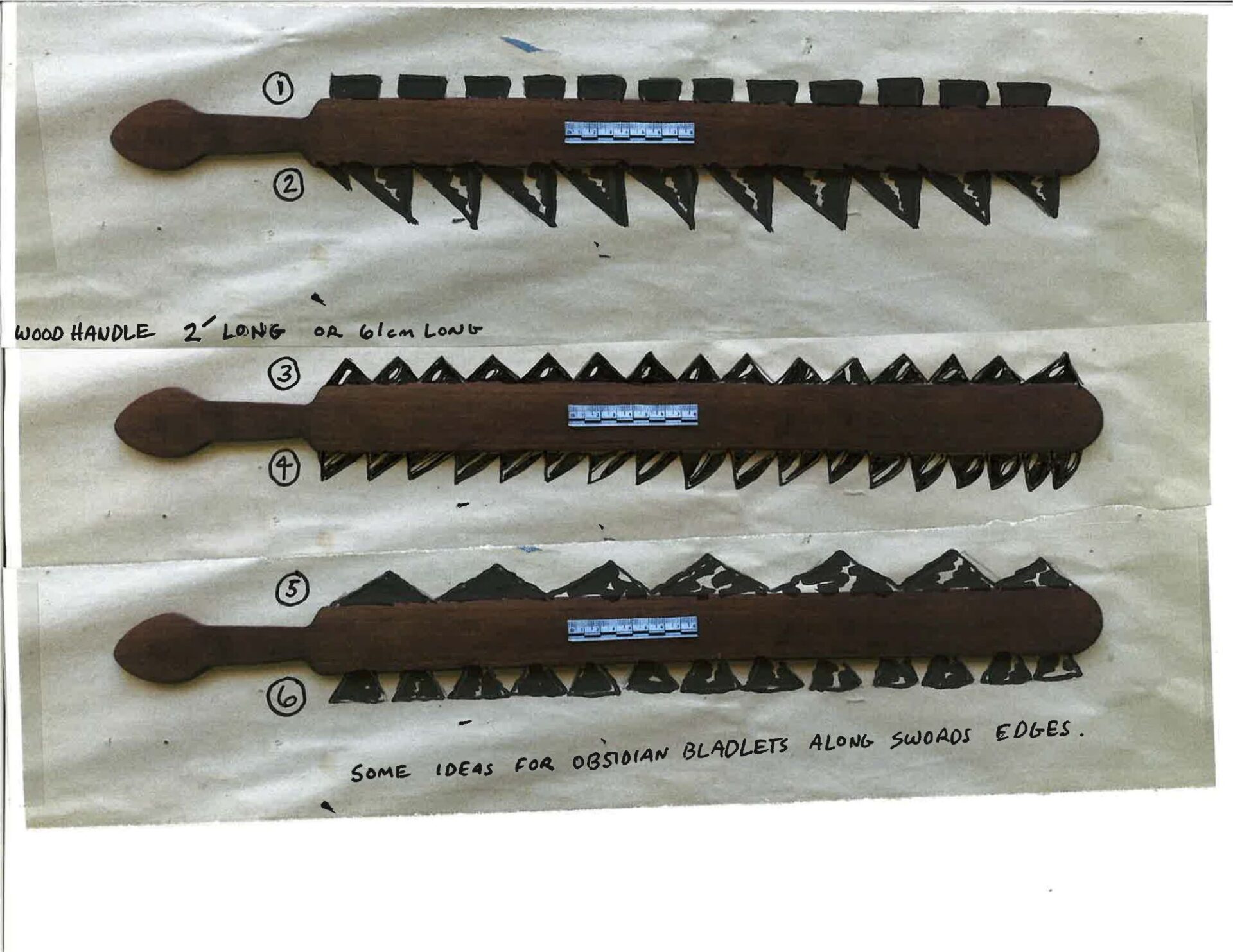
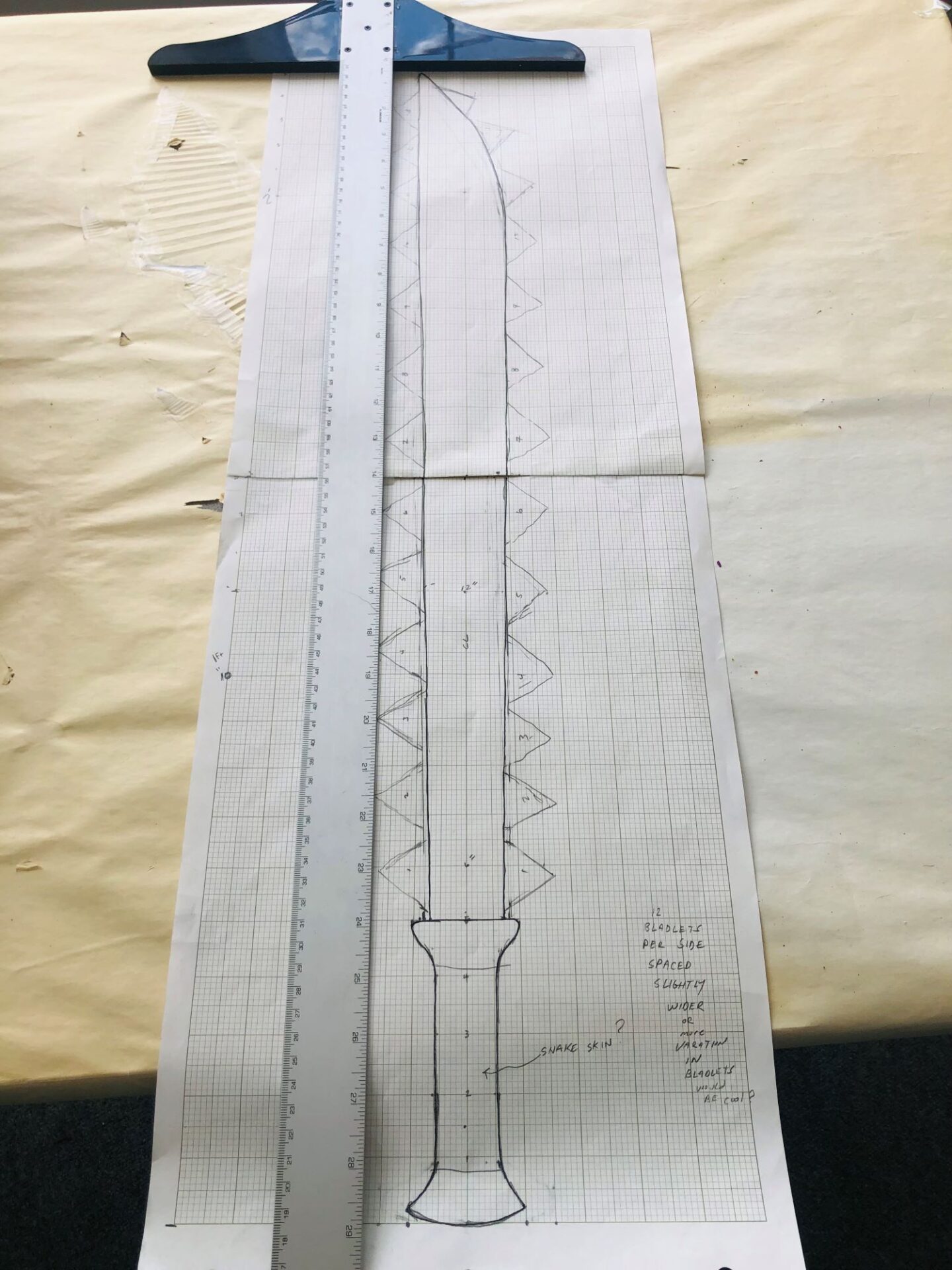
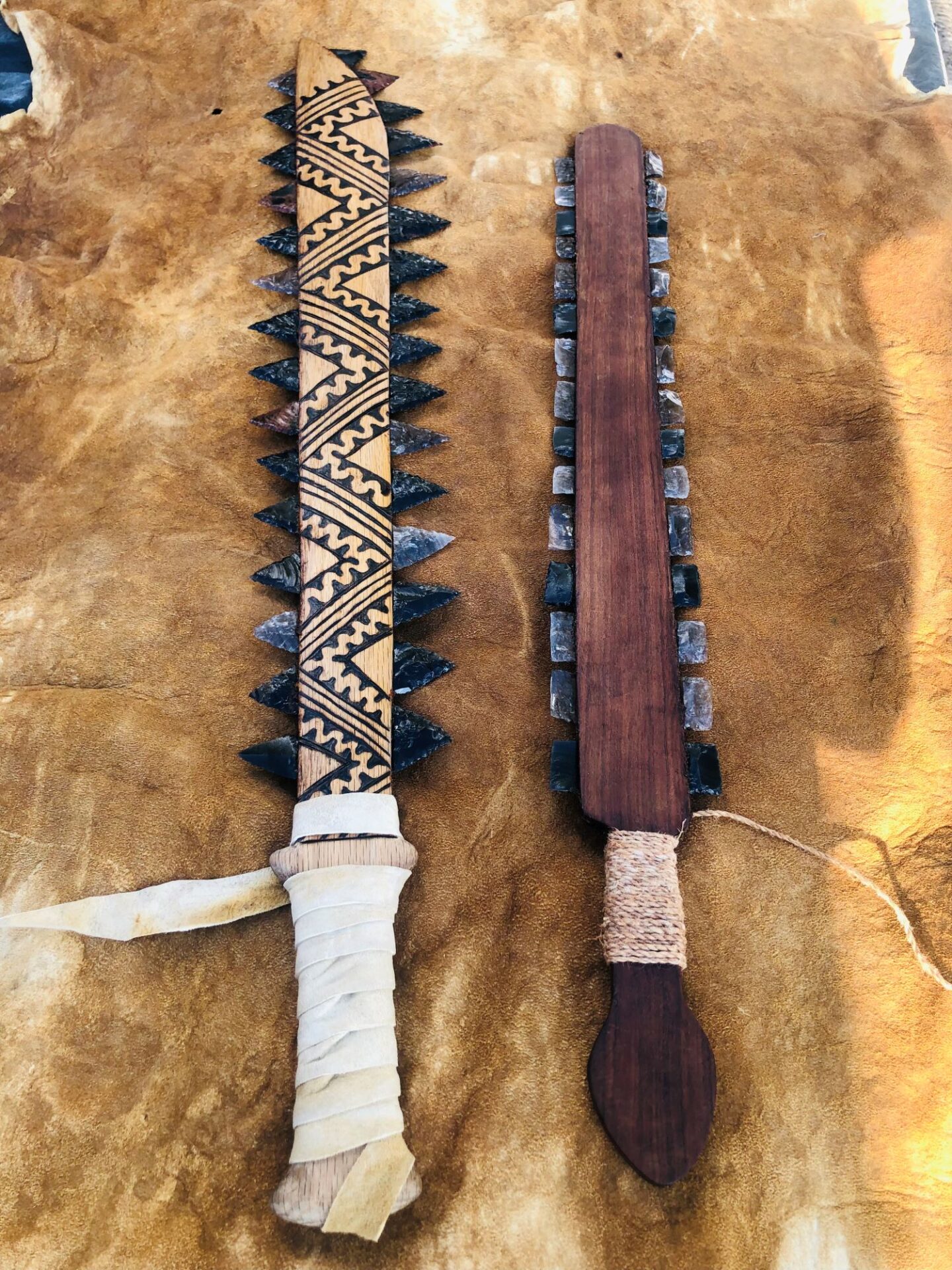
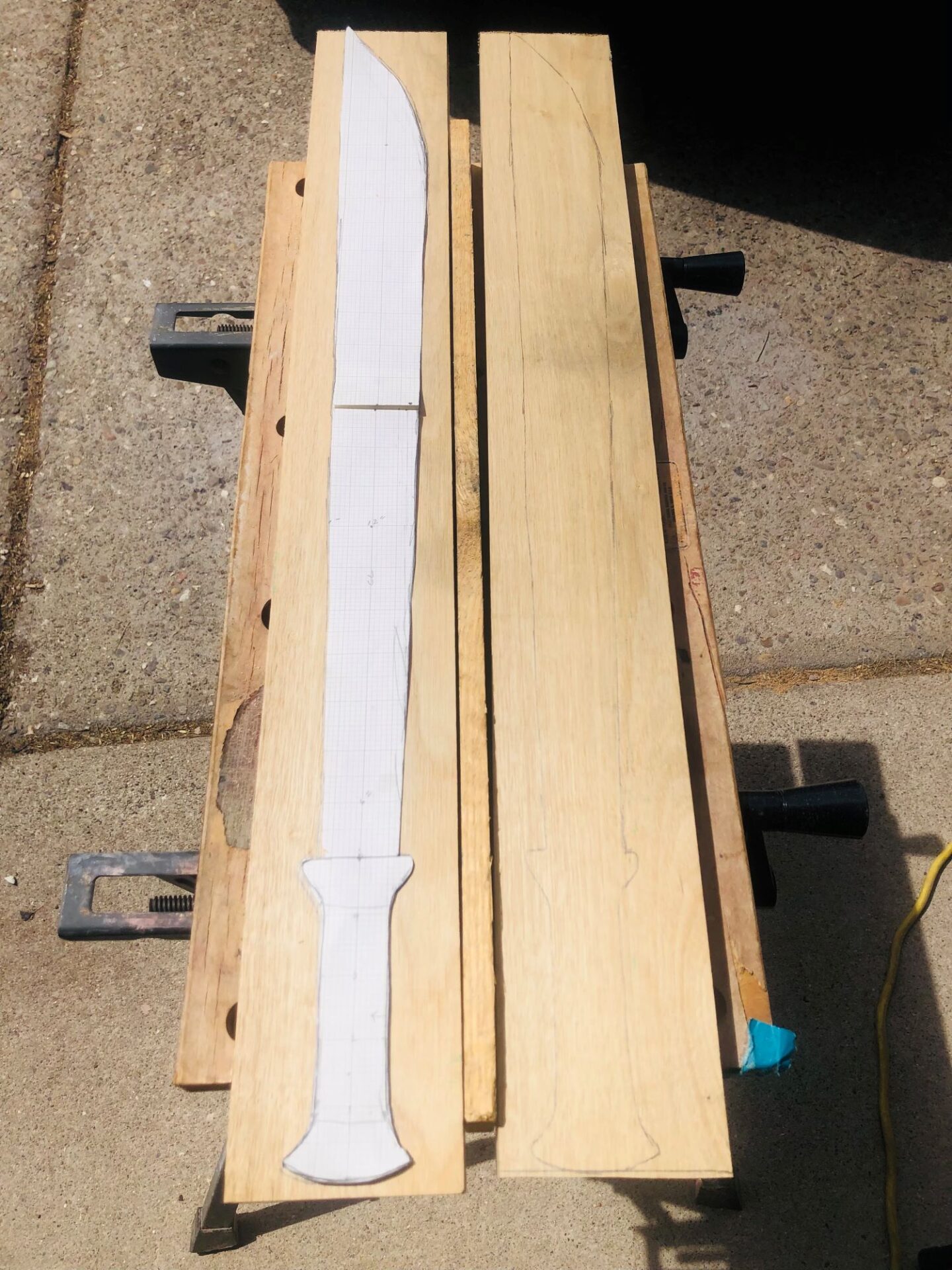
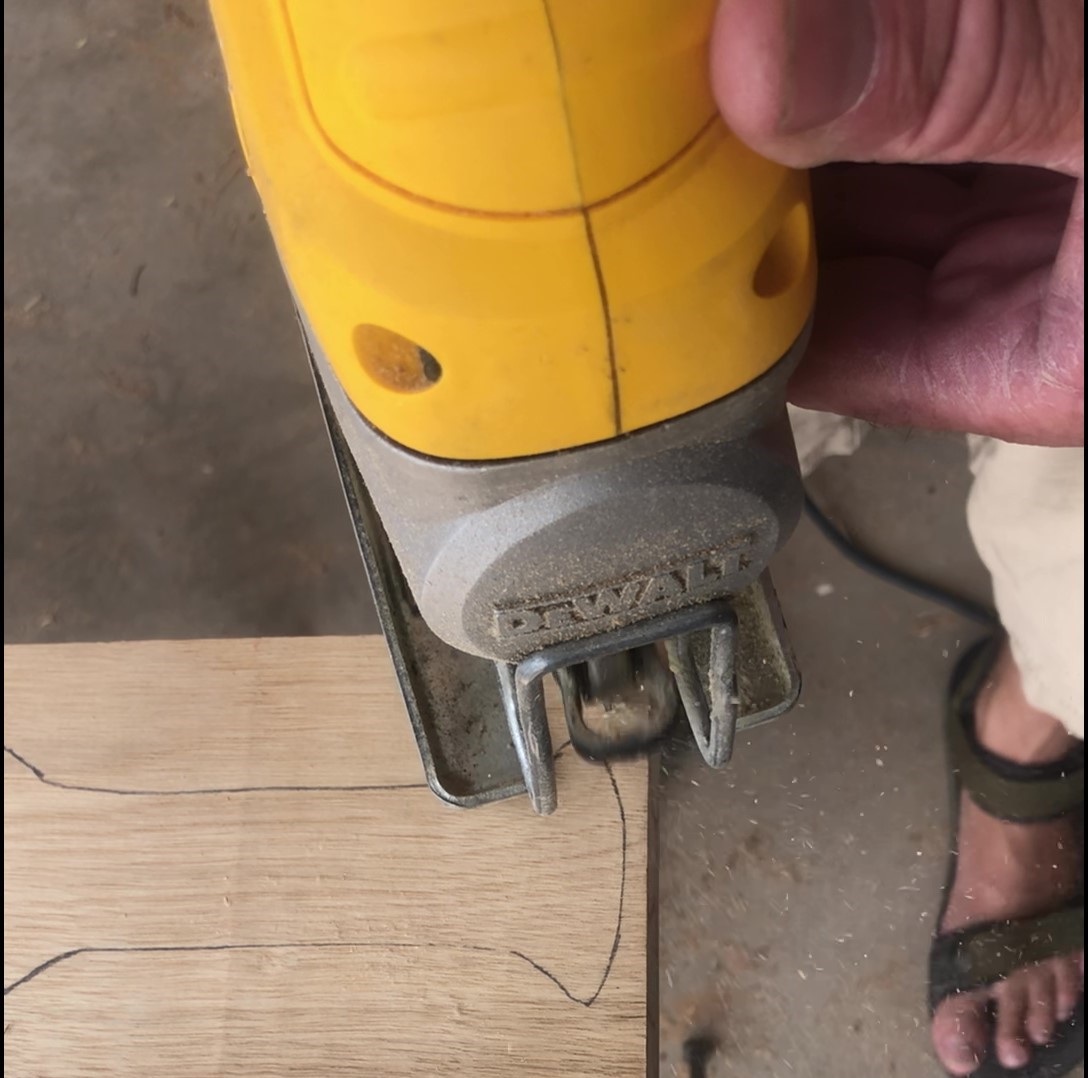
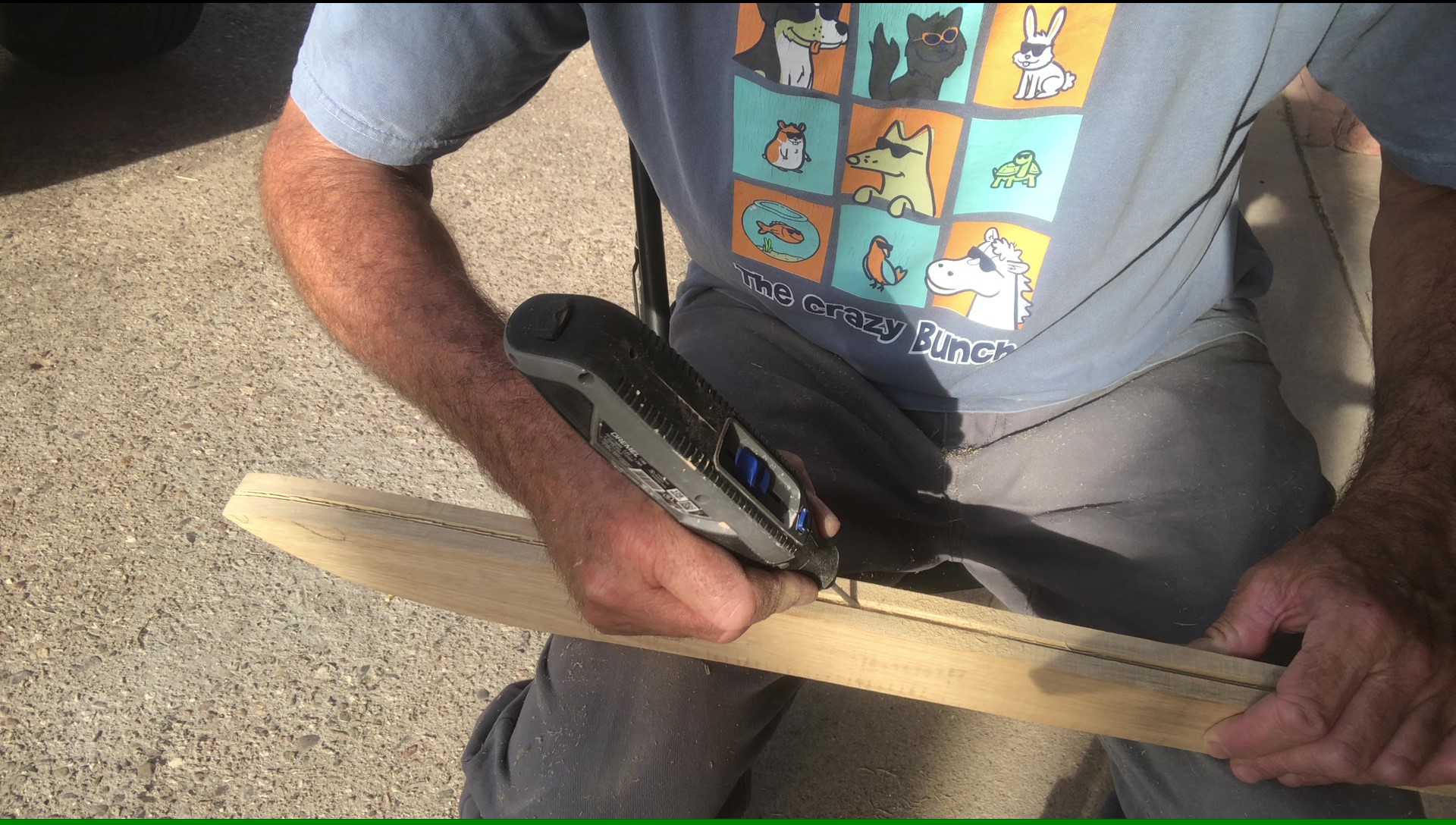
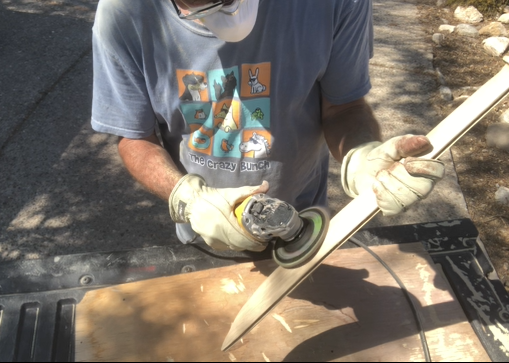
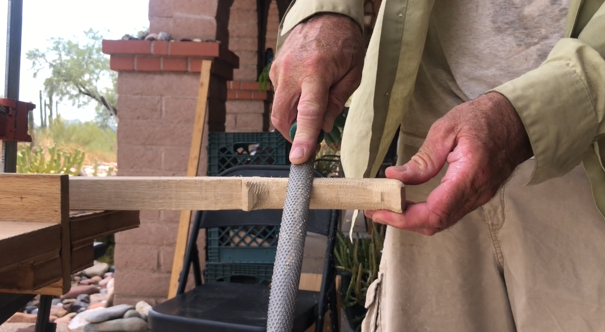
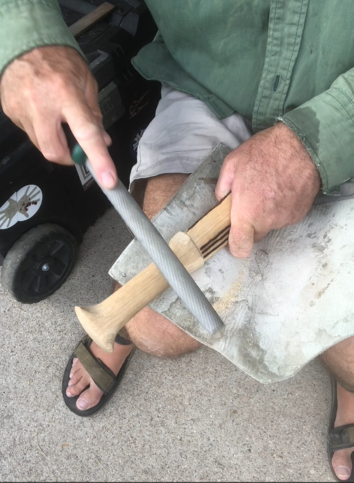
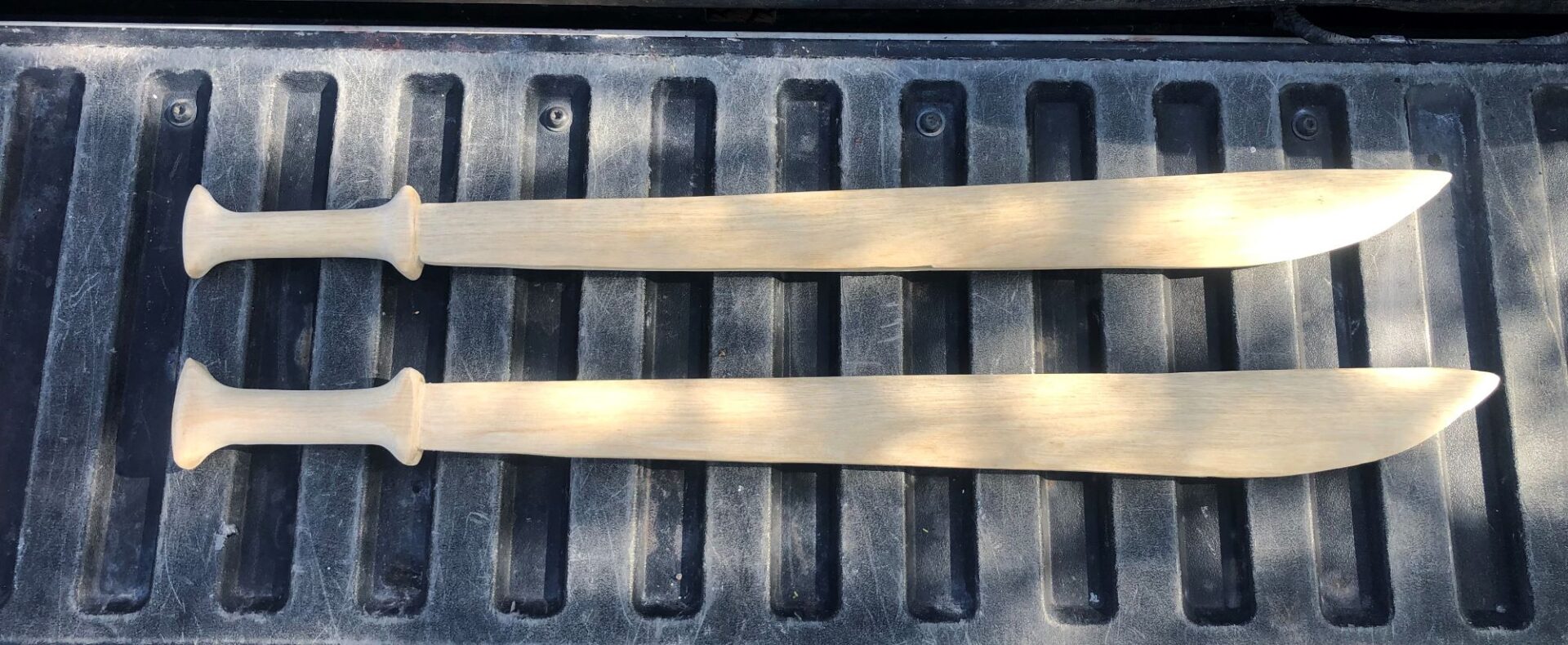
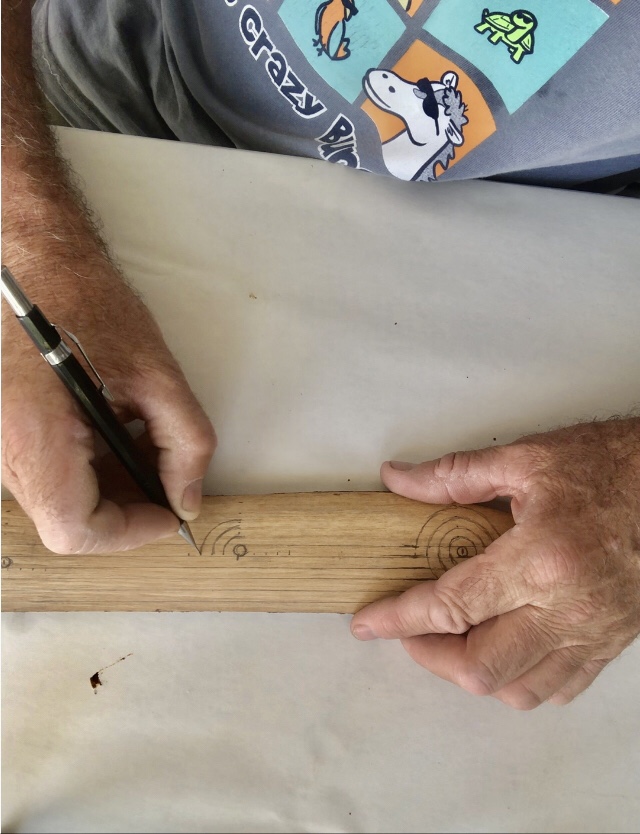
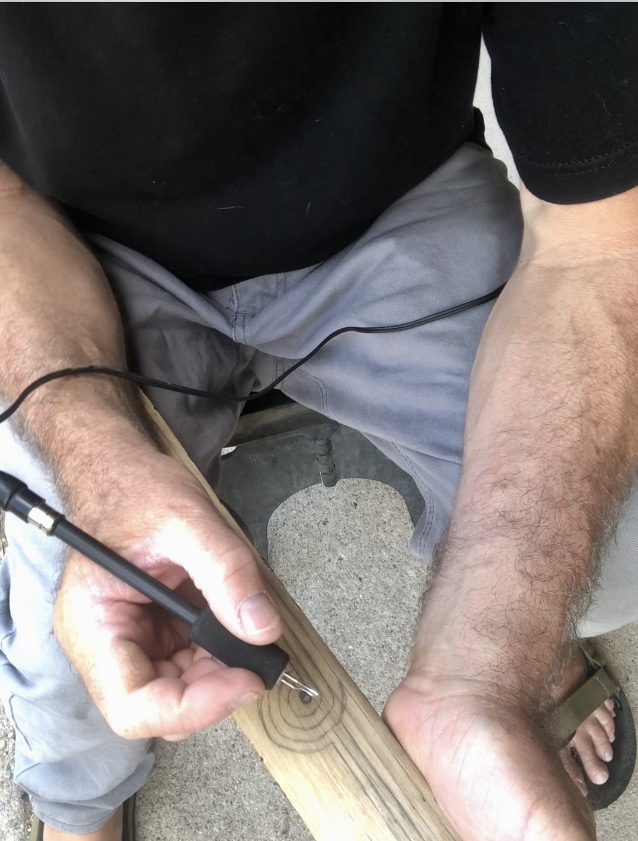
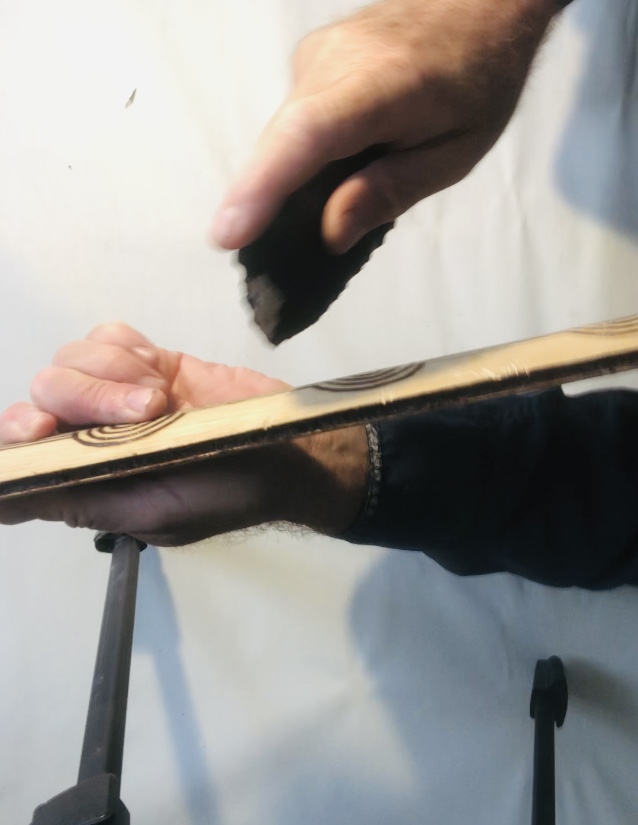
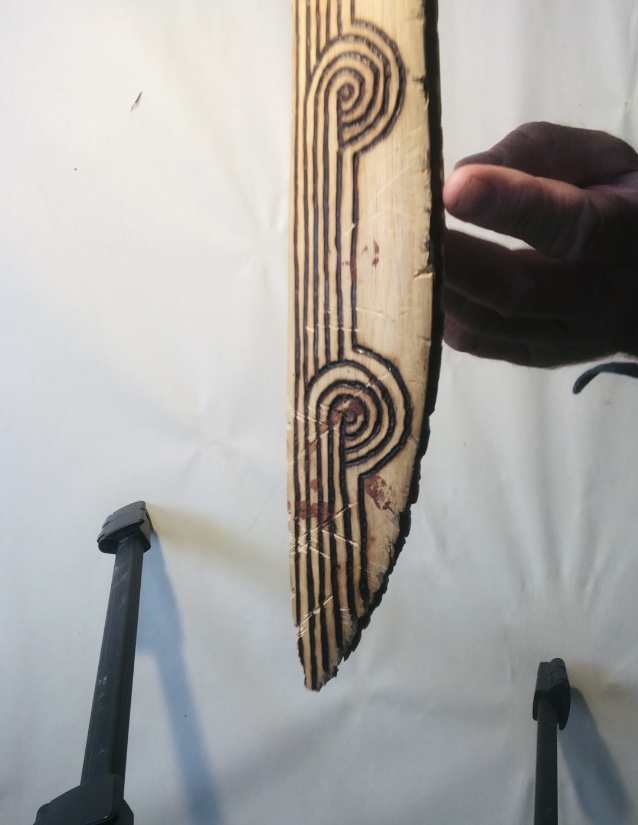
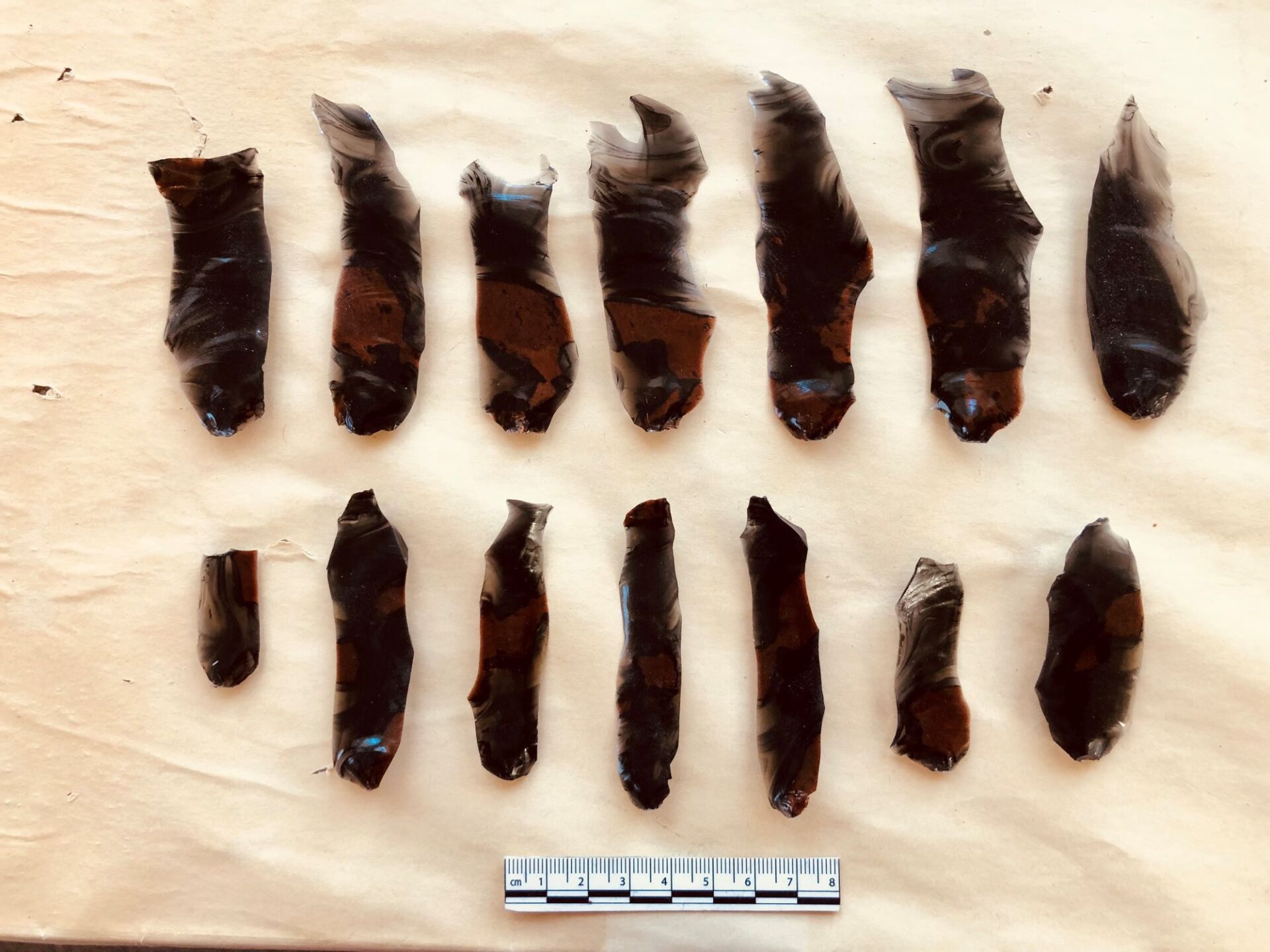
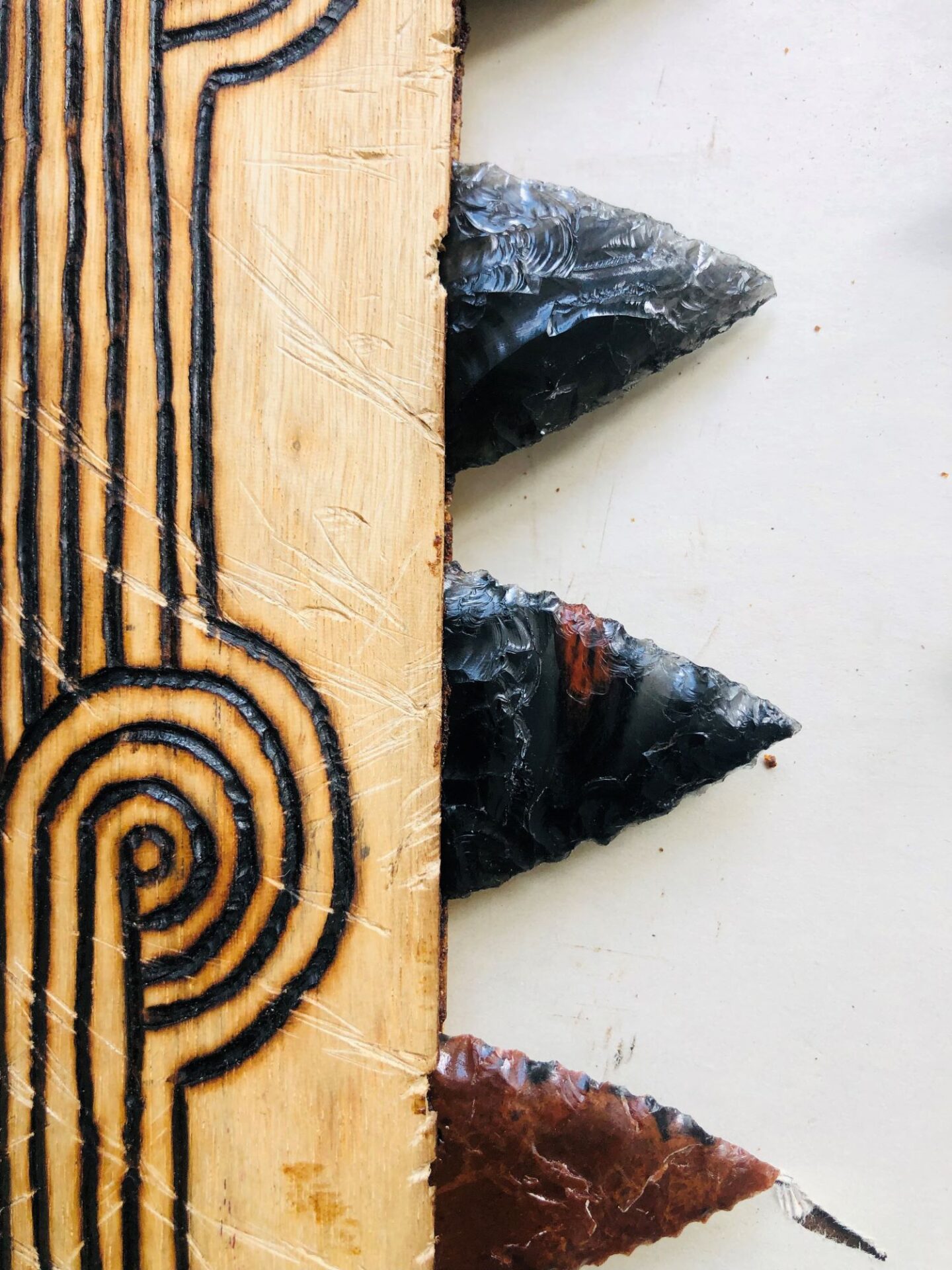
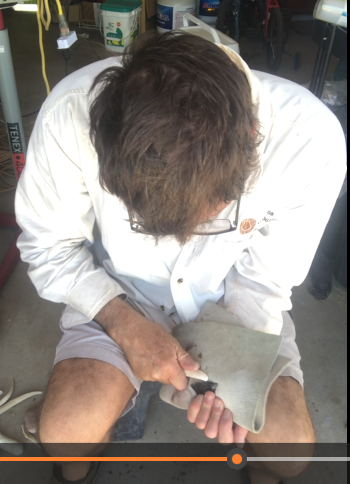
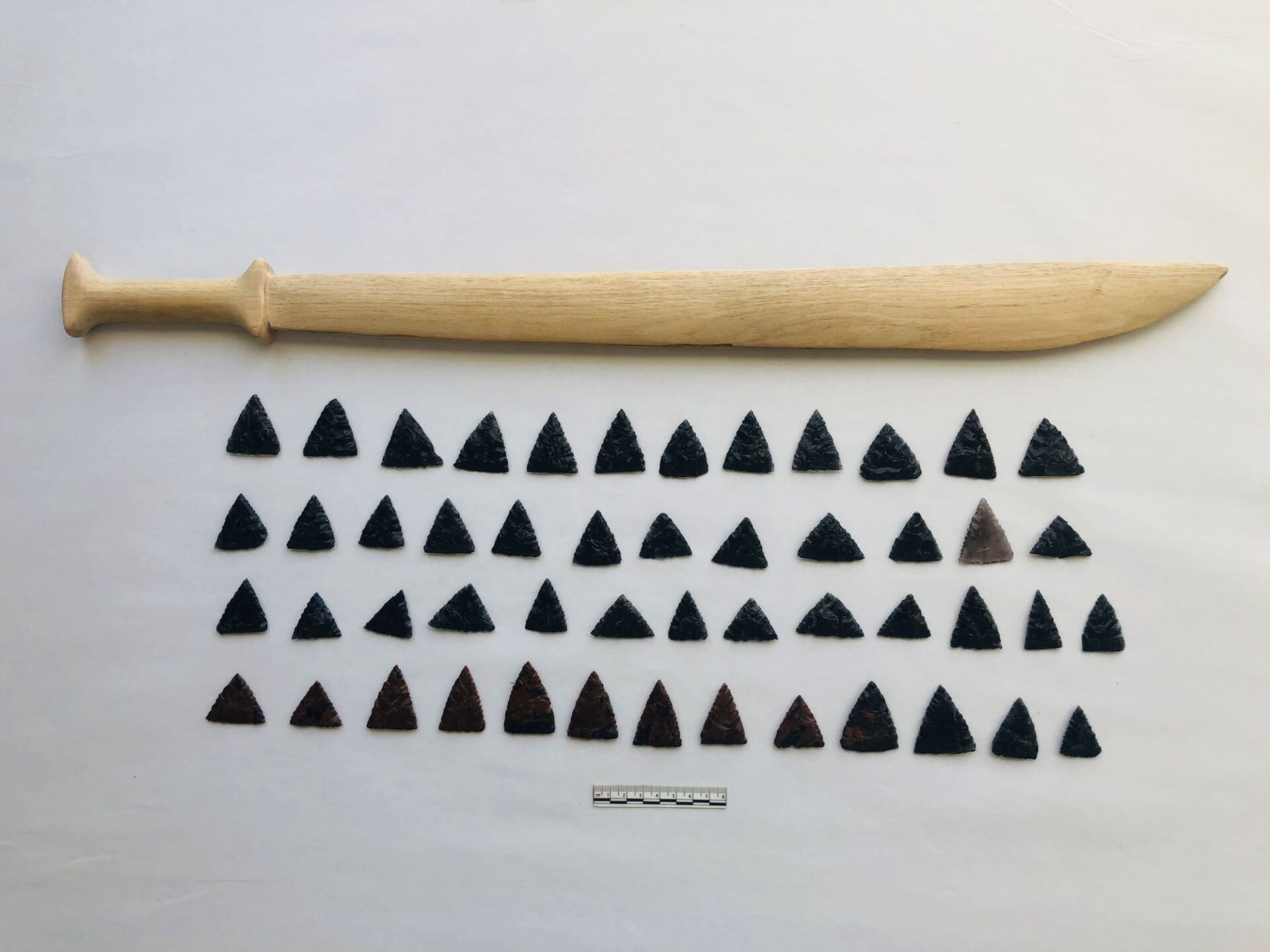
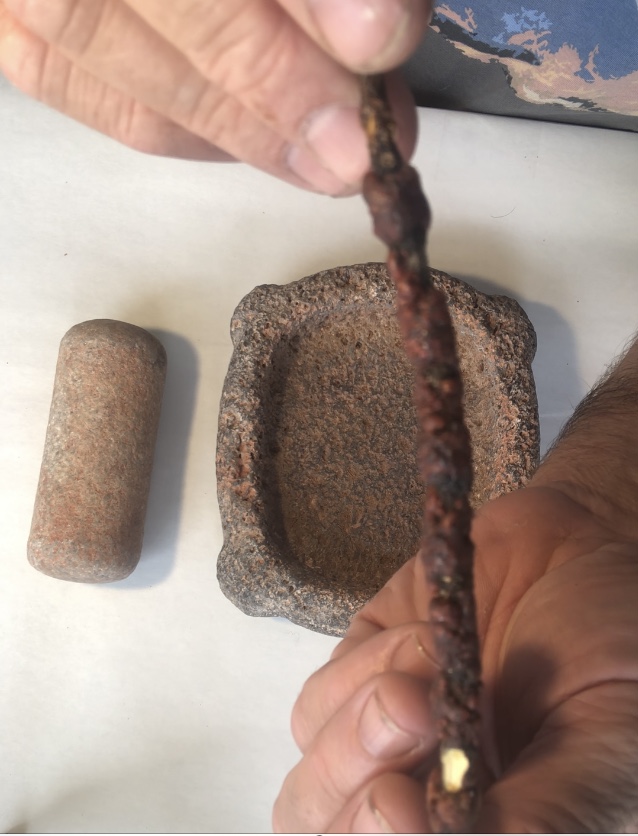
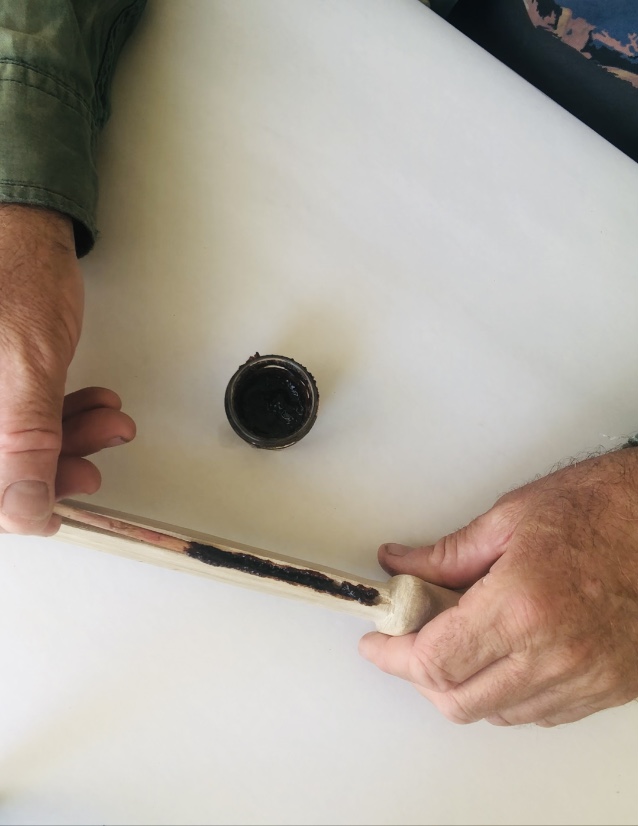
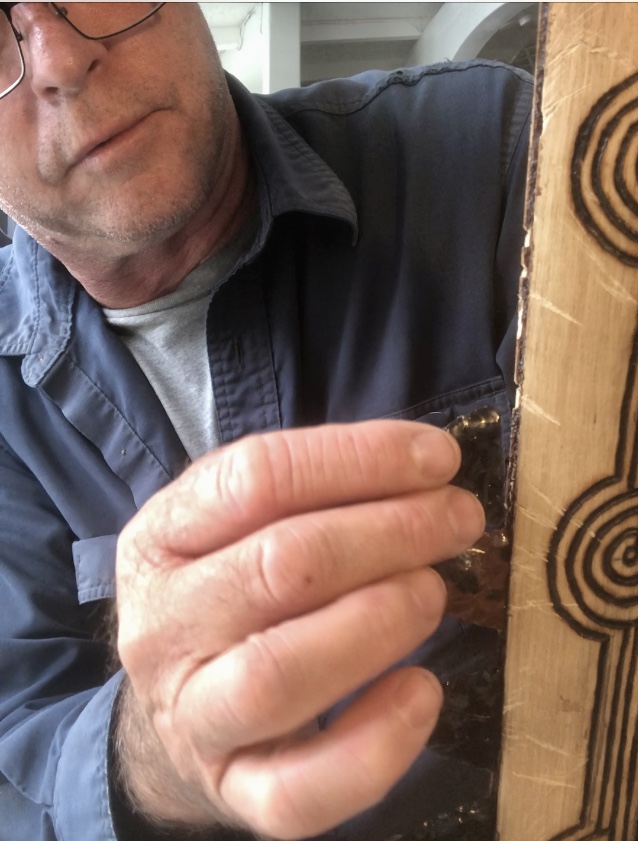
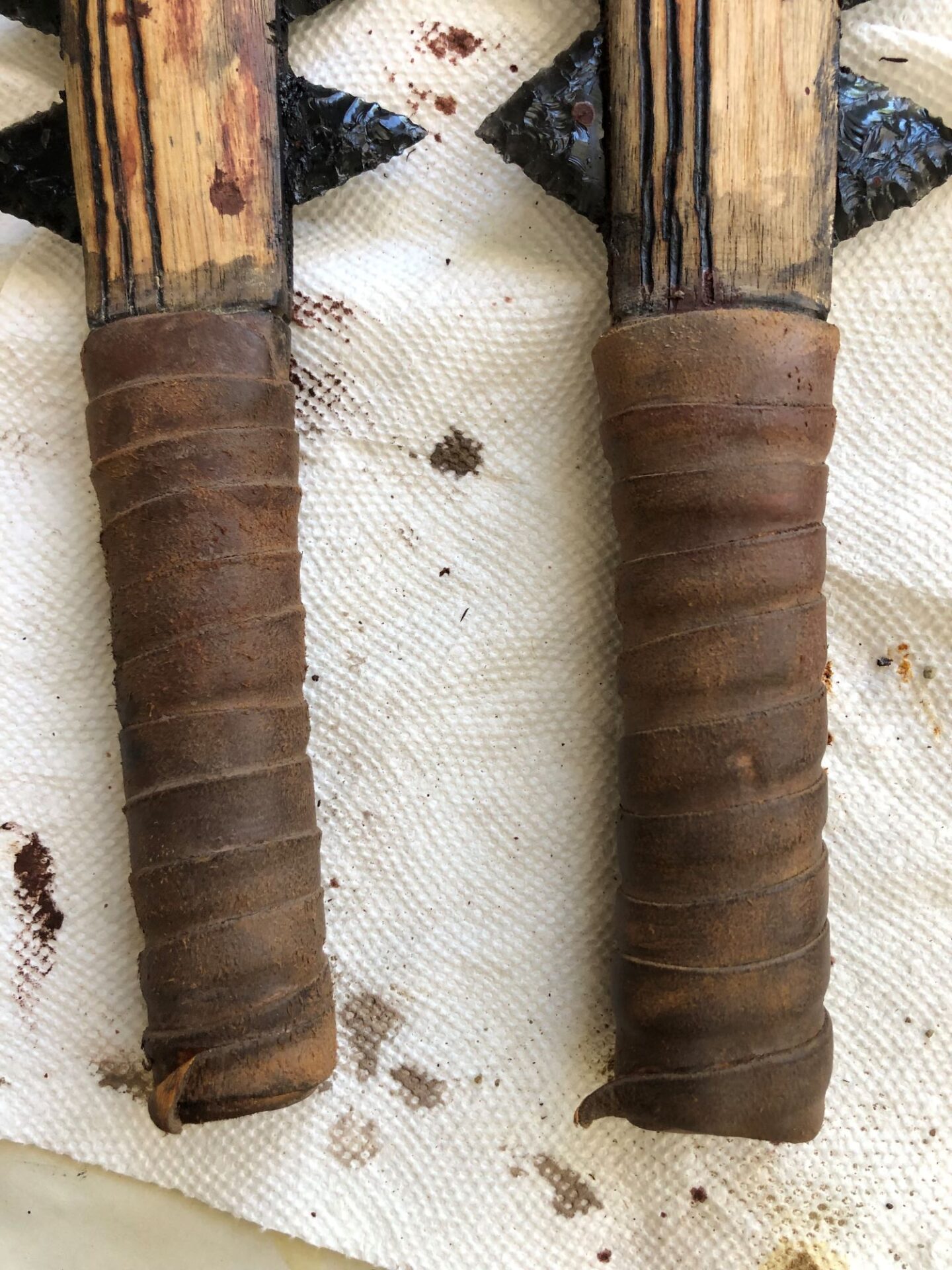
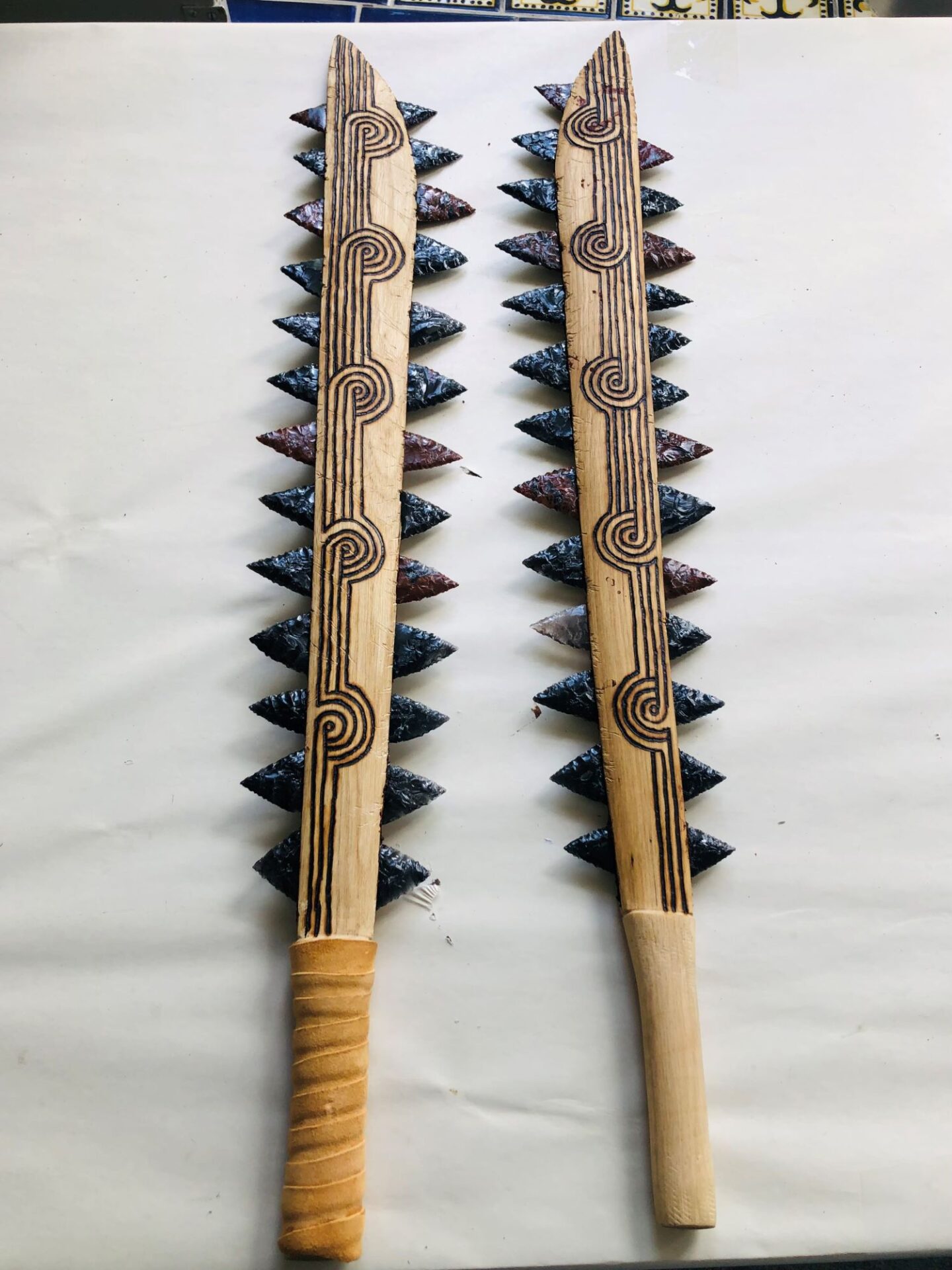
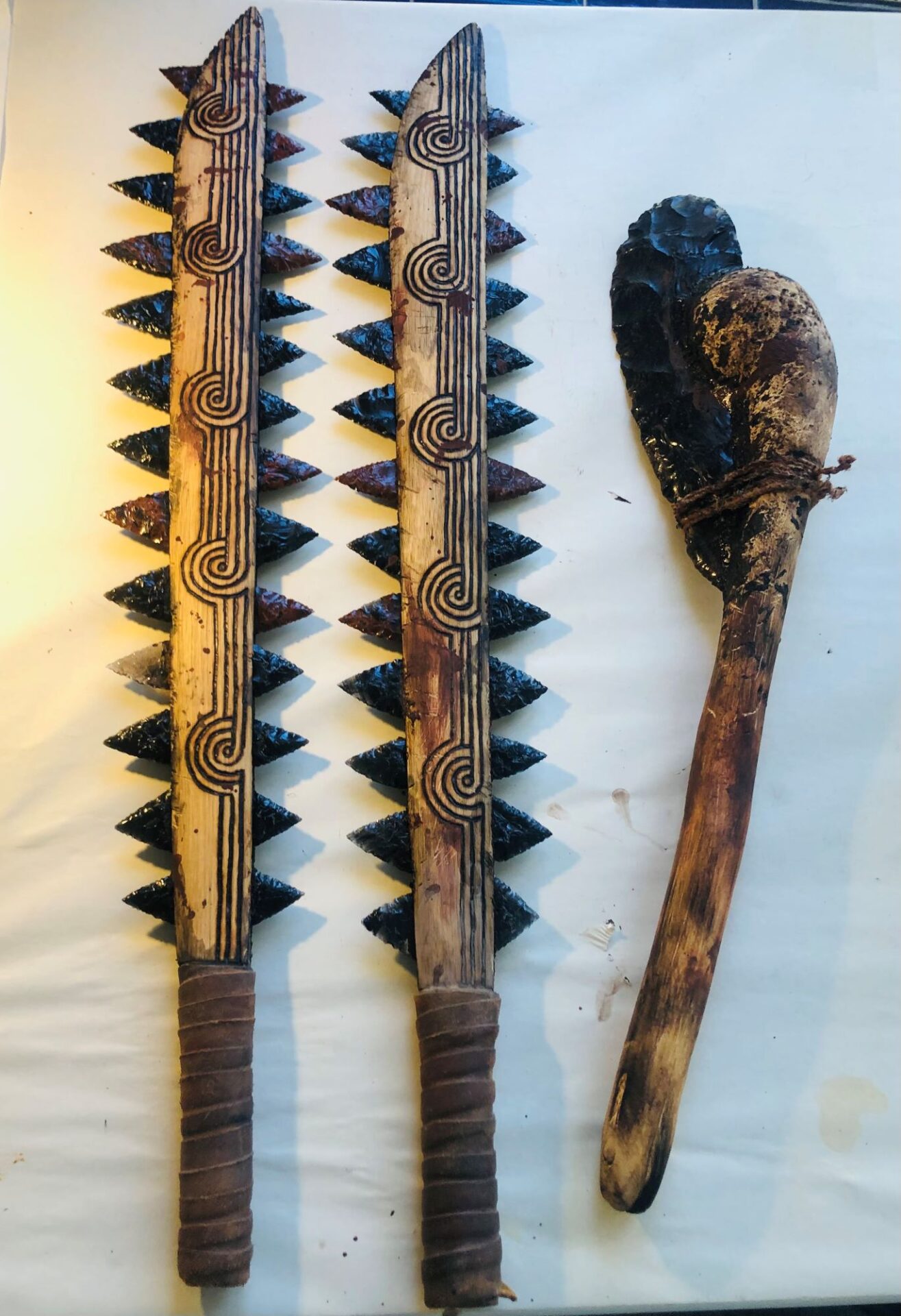
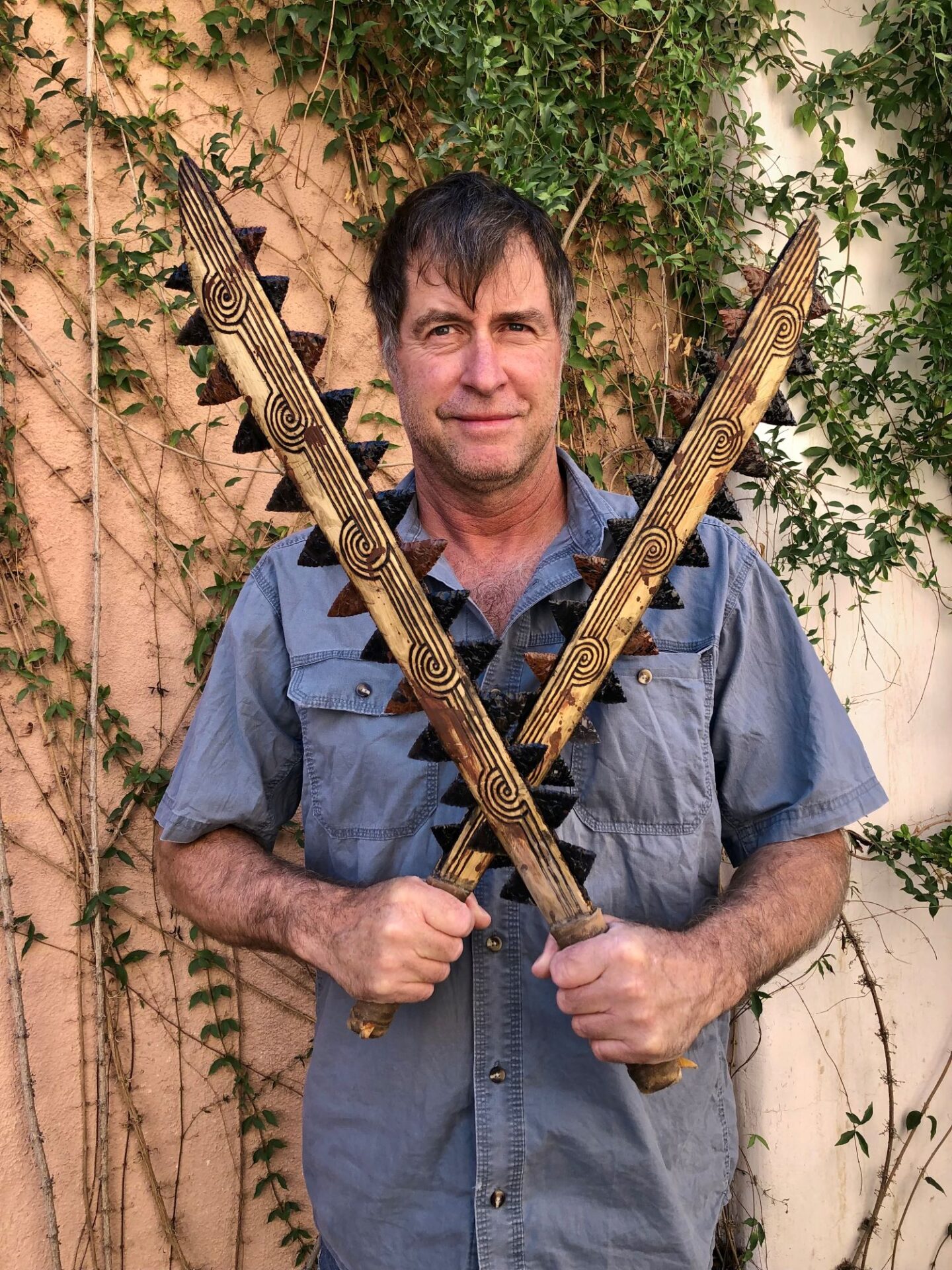
6 thoughts on “I’itoi’s Swords: Imagining and Creating a Weapon from a Tohono O’odham Story”
Comments are closed.
Explore the News
-
Join Today
Keep up with the latest discoveries in southwestern archaeology. Join today, and receive Archaeology Southwest Magazine, among other member benefits.

These are fantastic! You are awesome, Allen.
Wow! Both versions are awesome!
Remarkable and inspiring work!
Good on ya, Alan. Pretty scary!
Beautiful swords! Absolutely terrific work!
Fascinating Alan, nice job!